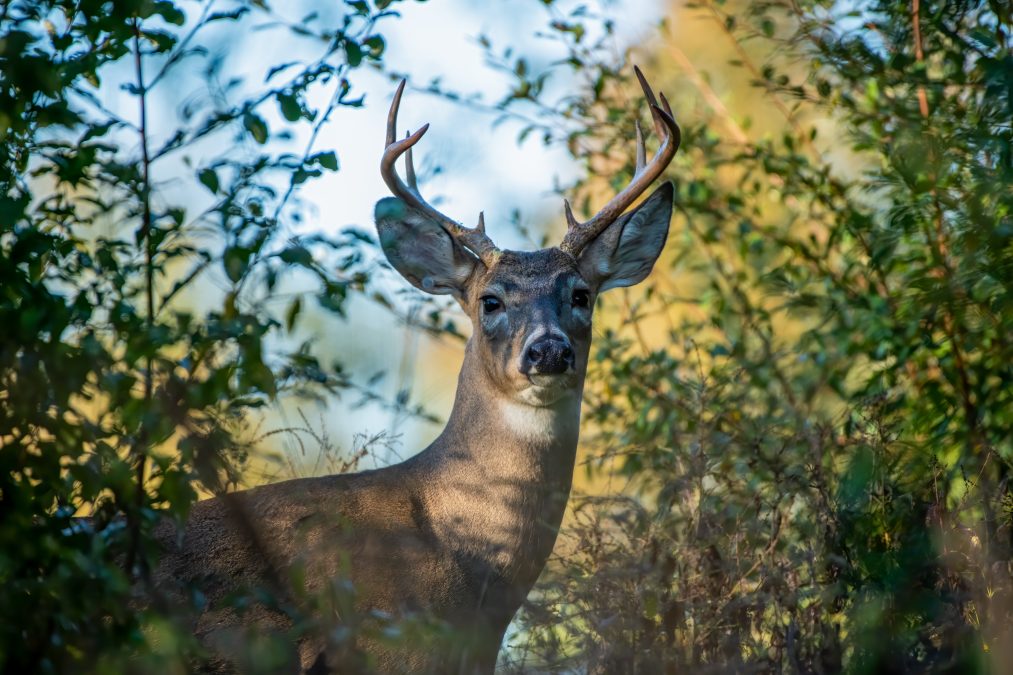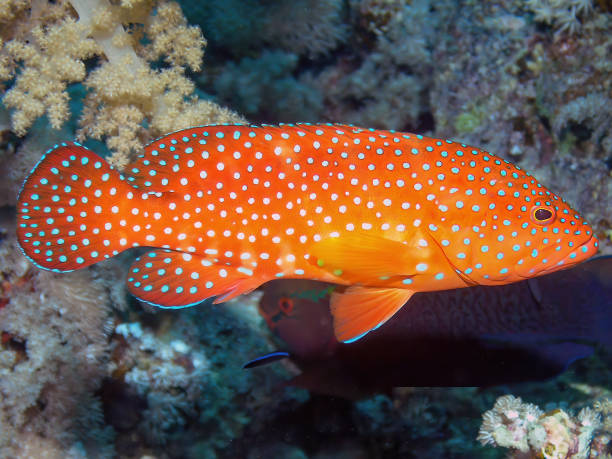
Downtown Thibodaux to host Community Clean Up Day this Saturday– register now!
September 11, 2023
Registration is now open for the Big Boy’s Main Street Cook Off in Thibodaux!
September 12, 2023Like humans, wildlife in Louisiana is being impacted by the current drought and heat wave that has plagued the state this summer.
According to the NOAA National Integrated Drought Information System (Drought.gov) 90% of Louisiana is currently experiencing drought conditions with 77% of the state experiencing severe to exceptional drought conditions. July 2023 was the second hottest July on record (average temperature) since 1895 (National Centers for Environmental Education; ncei.noaa.gov).
Here is a summary of some of the repercussions experienced by wildlife:
Water birds
Reduced areas of water at a landscape level can result in concentrations of water birds wherever there is sufficient water, and the water that is present can become stagnant and have poor quality. Artificially high concentrations of ducks, or any species, increases the risk of widespread disease transmission and reduces the effort required by local predators. Excessive heat also increases physiological and behavioral thermoregulatory costs. Stressed plants (both natural and agricultural crops) which serve as the food source for waterfowl throughout the winter will be less productive. For locally breeding ducks, evaporation of isolated ponds or pools where non-volant broods (those incapable of flight) are growing significantly decreases survival, as they must travel overland to alternative ponds. Both predation and malnourishment during this travel may result in mortality.
Deer
Drought affects the growth of plants utilized by deer for food and cover. Actively growing plants are more nutritious and better withstand the effects of herbivory. This is important if deer are to reach their growth and reproductive potential. Drought timing and severity has also been linked to increased bluetongue virus (BT) and epizootic hemorrhagic disease (EHD) outbreaks. The environmental conditions caused by drought have been correlated with higher insect vector populations that transmit the disease. Overall, deer in Louisiana have coped well with past drought events based on physical data collected from hunter-harvested deer. However, the timing and duration of droughts can have impacts.
Turkey / Quail
Dry conditions (below average rainfall) are often desired during nesting and brood rearing periods for ground nesting birds across Louisiana and the southeast. Dry periods from April through June can often lead to above average reproduction for eastern wild turkeys by minimizing nest failures and poult mortality. The same is true for northern bobwhites during the months of June through August. However, excessive/extended drought conditions can have adverse effects to vegetation structure and insect populations that young turkeys and quail need to survive. Excessive drought conditions can also negatively impact seed and mast crops on which turkeys and other wildlife, including deer and squirrels, depend on throughout the remainder of the year. Lastly, drought conditions also limit water sources in some situations, thus concentrating wildlife and increasing the risk of predation and disease transmission.
Proper long-term habitat management practices and environmental stewardship will help to minimize the effects of drought and other weather extremes on wildlife populations. Maintaining diverse forested and grassland/forb habitats in various stages of succession, promoting native plants, and conservation of wetlands and broad functional riparian areas all help to minimize the impacts of environmental extremes on wildlife.
For assistance in developing a wildlife habitat management plan for your property contact an LDWF Private Lands Biologist. Private Lands Biologist contact information can be found at: https://www.wlf.louisiana.gov/page/private-land-management-assistance







